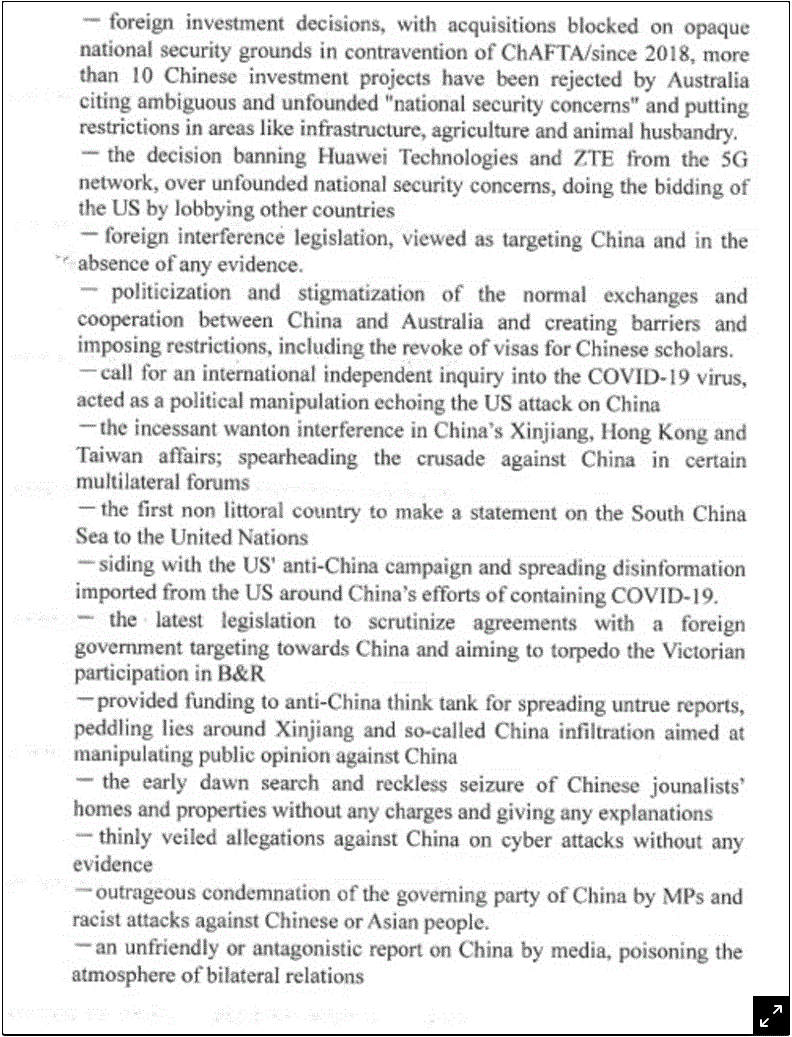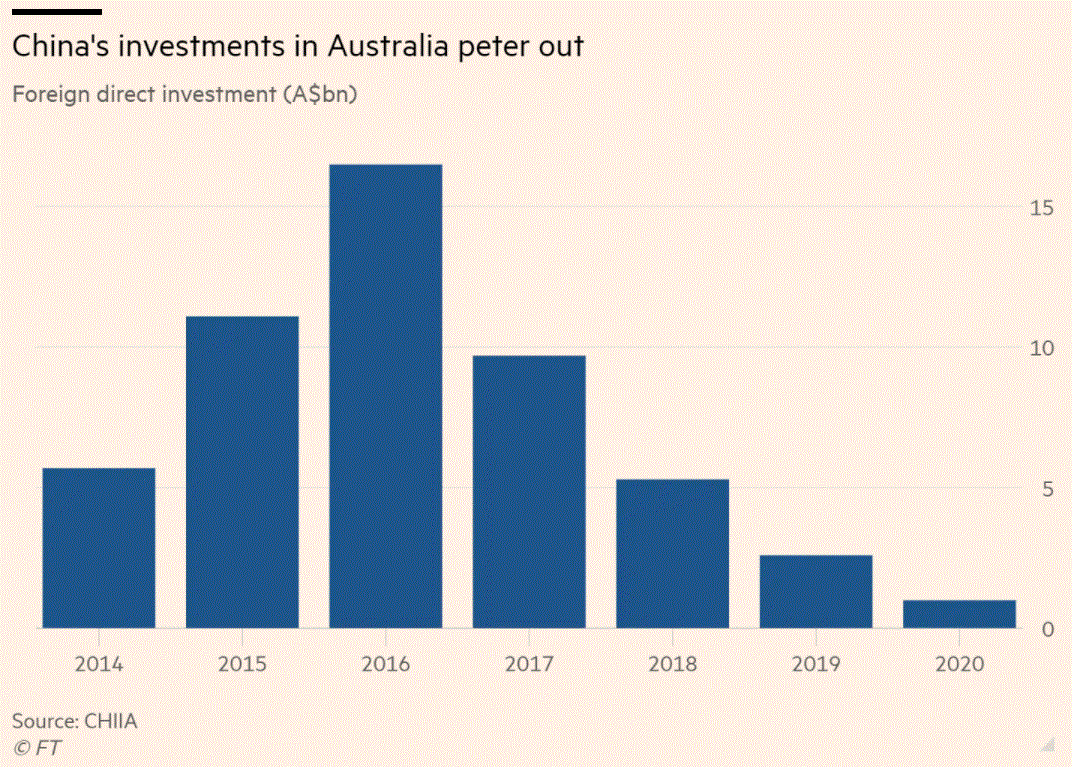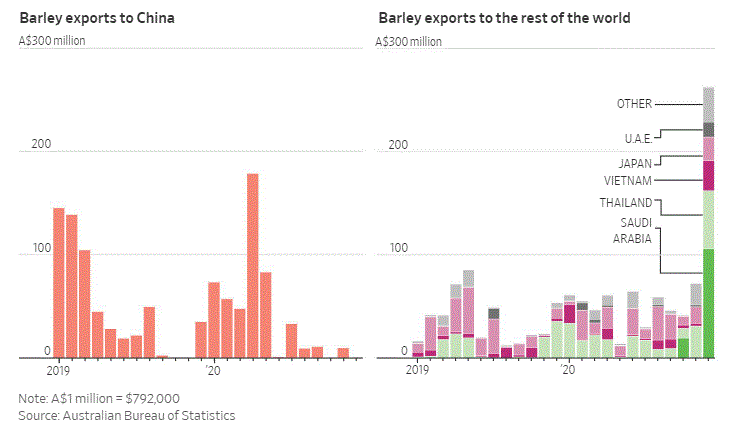One can view Australia’s economic relationship with China as evolving in two distinct phases. The first phase transpired from 2003 to 2011 and focused mostly on commodity exports. The second phase began as the first went bust and activity shifted to services exports, people flows and investment.
With that second wave came unwanted influences such as corruption in various parliaments, the debasement of university ethics, the curtailment of free speech and the bullying of the Chinese diaspora, amongst other delights.
This transition ran concurrently with a dramatic change in the political relationship. China shifted from the liberalisation pulse of Hu Jintao to the illiberalisation pulse of dictator Xi Jinping.
So, just as the influence of Chinese investment grew in Australia, the toxicity of Chinese politics did as well.
What we can say then is that from 2011, the economic and political relationships between Australia and China diverged structurally, opening a fissure that was always going to break and did so in 2017 with the Dastayari Affair.
That is what last year’s 14 conditions for a good relationship are about. Changing the structure of the Australian political economy to fit within China’s autocratic state:
Today the Australia/China economic relationship is in the process of adjusting to the underlying structural break in the political relationship. This is very much in the Australian national interest given it will keep on diminishing corrupt CCP influence Downunder and bulwark our liberal democracy.
We see more evidence of that today in collapsing investment:
- In 2020, Chinese inbound investment fell 61% to just $1bn.
- Falls were driven by the virus and poor relations.
Here’s the chart:
All Australians rejoice. Indeed, we look forward to the number turning deeply negative.
The adjustment is happening at a good clip. Last year’s most prominent victim was Australian barley farmers who were hit with punitive tariffs. But they are already bouncing back hard. Remember that commodities are fungible and will always go somewhere. Via WSJ:
- Barley exports are up not down.
- New markets in Asia and the Middle East have opened up.
- Exports are forecast to be up 64% in 2021.
- Other trade war sectors are moving to copy the success.
See ya and wouldn’t want be ya, China.




